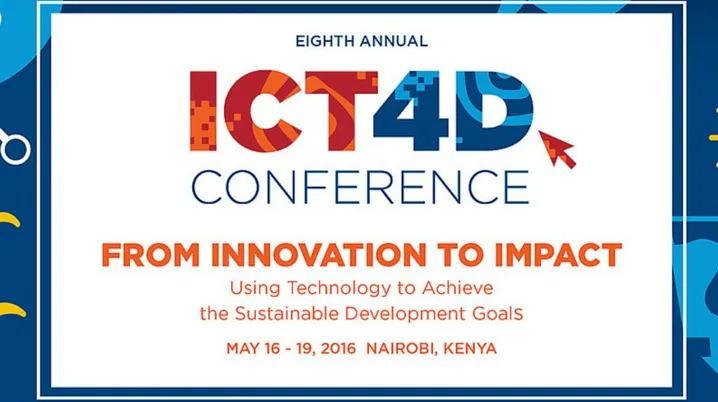The Catholic Church comprises the largest nongovernmental networks of education and healthcare around the world; it is probable that it also comprises the largest network of landholdings. The GoodLand Project seeks to increase the Catholic Church’s geographic understanding and planning of its landholdings using geographic information technologies and community involvement and demonstrate how these lands can be a means for positive global environmental and social change. We are working with the extant social infrastructure of the Church to make this happen.
As part of our work we are evaluating and classifying dioceses, globally, for climate change vulnerability. This will identify Catholic dioceses and provinces where, based on economic and environmental models, threats such as drought, flood, or conflict are most likely to have the greatest impact within the next several decades. Diocesan classification enables us to identify a key set of data needs for diocesan-scale planning for areas that have comparable ecological and social environments.
Planning projects on the scale of a diocese involves applying a geodesign framework to integrate existing community networks, crowd-source information, and conduct analyzes that rank Church-affiliate properties within a diocese based on their potential to enhance environmental and social welfare through landscape management and land-use changes, such as green infrastructure or forest management. Our online platforms can help communities to understand which resources may be put to best use and where. Other Catholic organizations with a variety of goals, from asset management to humanitarian aid, can employ the geospatial data we produce to reach their goals.
